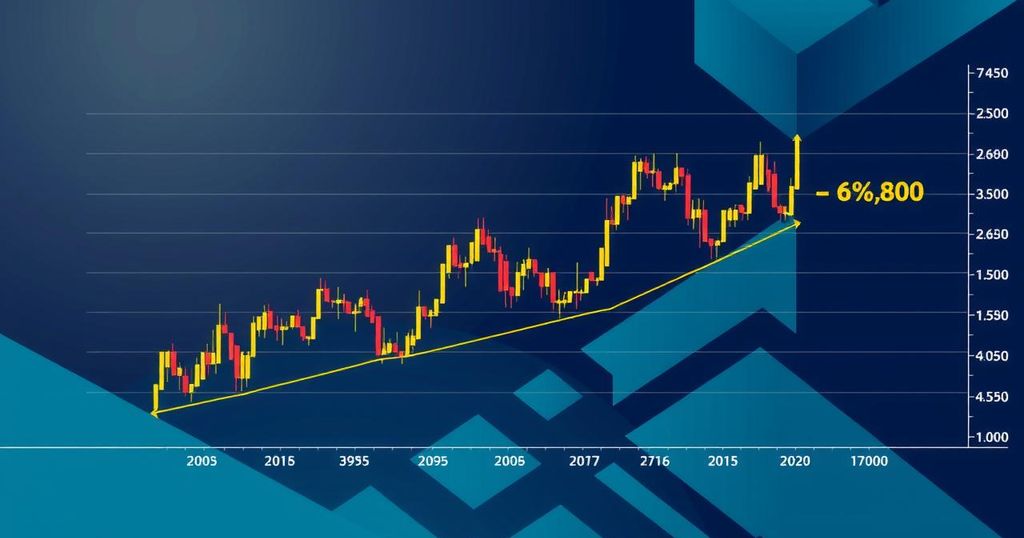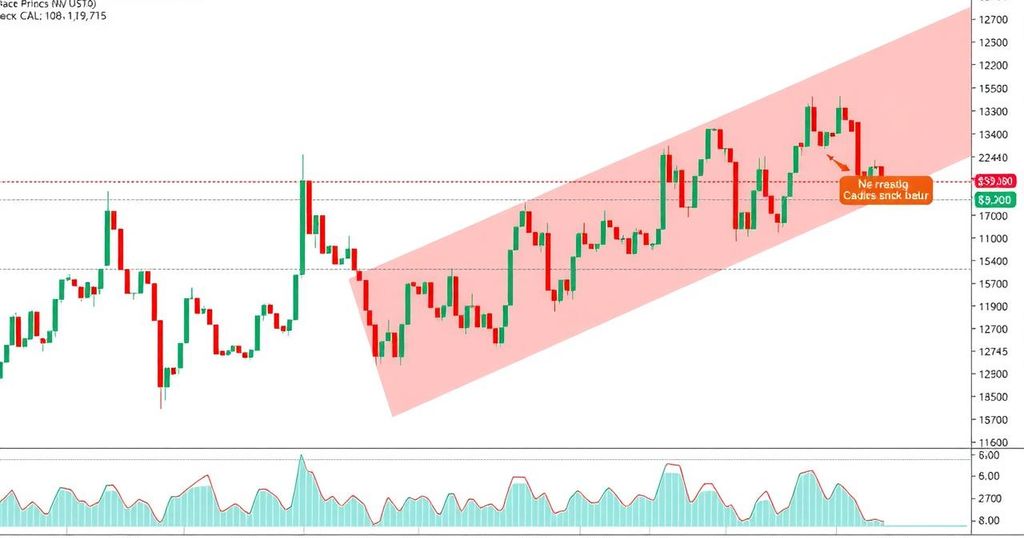Navigating Bitcoin Price Volatility Ahead of the Fed’s September FOMC Meeting
In anticipation of the Federal Reserve’s (Fed) September FOMC meeting, Bitcoin’s price volatility is expected to increase as traders adjust their strategies accordingly. The cryptocurrency has struggled to maintain a position above $62,000 since August 3 and has experienced a decline of 11% over the preceding month. Notably, Bitcoin has diverged from the S&P 500 index, which has seen a slight gain of 1% during the same period, hovering just 1% below its all-time high.
Market participants are optimistic that, should the Fed decide to lower interest rates, risk assets, including Bitcoin, may experience substantial gains. Professional investors are actively utilizing Bitcoin options to both maximize potential profits and mitigate risks associated with sudden price fluctuations.
A possible cut of 0.50% in interest rates could provide a significant boost to risk markets, yet traders are faced with the dual challenge of formulating strategies for an upward price movement while remaining cautious of forced liquidations arising from abrupt price shifts. The market has already begun pricing in the possibility of this interest rate reduction, yet the reaction on September 18 remains uncertain, creating a complex environment for traders.
Recent events have contributed to a cautious outlook on Bitcoin’s performance. Criticism directed at Kamala Harris, the Democratic nominee, regarding her perceived lack of support for the cryptocurrency sector, has raised concerns. Tyler Winklevoss, co-founder of the Gemini exchange, voiced strong objections, charging that the so-called “Operation Choke Point 2.0” is perpetuating a harmful narrative against the industry, particularly in light of the Fed’s actions against Customers Bank for alleged regulatory infractions.
Moreover, a recent ruling by a federal court siding with the Securities and Exchange Commission against the Kraken exchange regarding the classification of its offerings as securities represents a significant challenge for the broader cryptocurrency market, further dampening investor morale despite Bitcoin’s potential independence from these developments.
Despite these difficulties, the CME FedWatch Tool estimates a 25% probability of a 0.50% interest rate cut, which might catalyze a rally in risk-oriented markets. In light of the potential volatility, many professional traders are eschewing leveraged positions in favor of options-based strategies to hedge their risks.
One noteworthy strategy being utilized is the ‘risk reversal,’ designed to safeguard against unexpected downward price movements while allowing for significant upside potential. This approach involves securing put options to cover potential losses while selling put options to finance the purchase of call options, thus providing limited risk in a sideways market.
For instance, a structured trade focusing on options expiring on September 20 involves purchasing 3.5 BTC put options at a $58,000 strike, selling 3.4 BTC puts at $60,000, and acquiring 3.8 BTC call options at a $65,000 strike. This configuration creates a price range in which neither loss nor gain occurs between $60,000 and $65,000. Should Bitcoin’s price exceed this range at 8:00 am UTC on September 20, the trader stands to profit considerably while only facing a maximum loss of 0.12 BTC (approximately $7,000).
In the event that Bitcoin rallies to $67,100 — a 14% increase — the strategy yields a gain of 0.12 BTC, equating to the maximum loss. Furthermore, if Bitcoin’s price ascends to $70,700 — a 20% increase — the trader would realize a return of 0.30 BTC (worth approximately $21,200), illustrating the considerable upside potential compared to the constrained risk. It is essential to note that while there is no upfront cost for implementing this options structure, a margin deposit of 0.12 BTC will be required by the exchange to cover the exposure.
In conclusion, with the impending September FOMC meeting, Bitcoin traders must remain vigilant and informed, utilizing appropriate strategies to navigate the anticipated volatility and potential market shifts that may follow the Fed’s decisions.








Post Comment